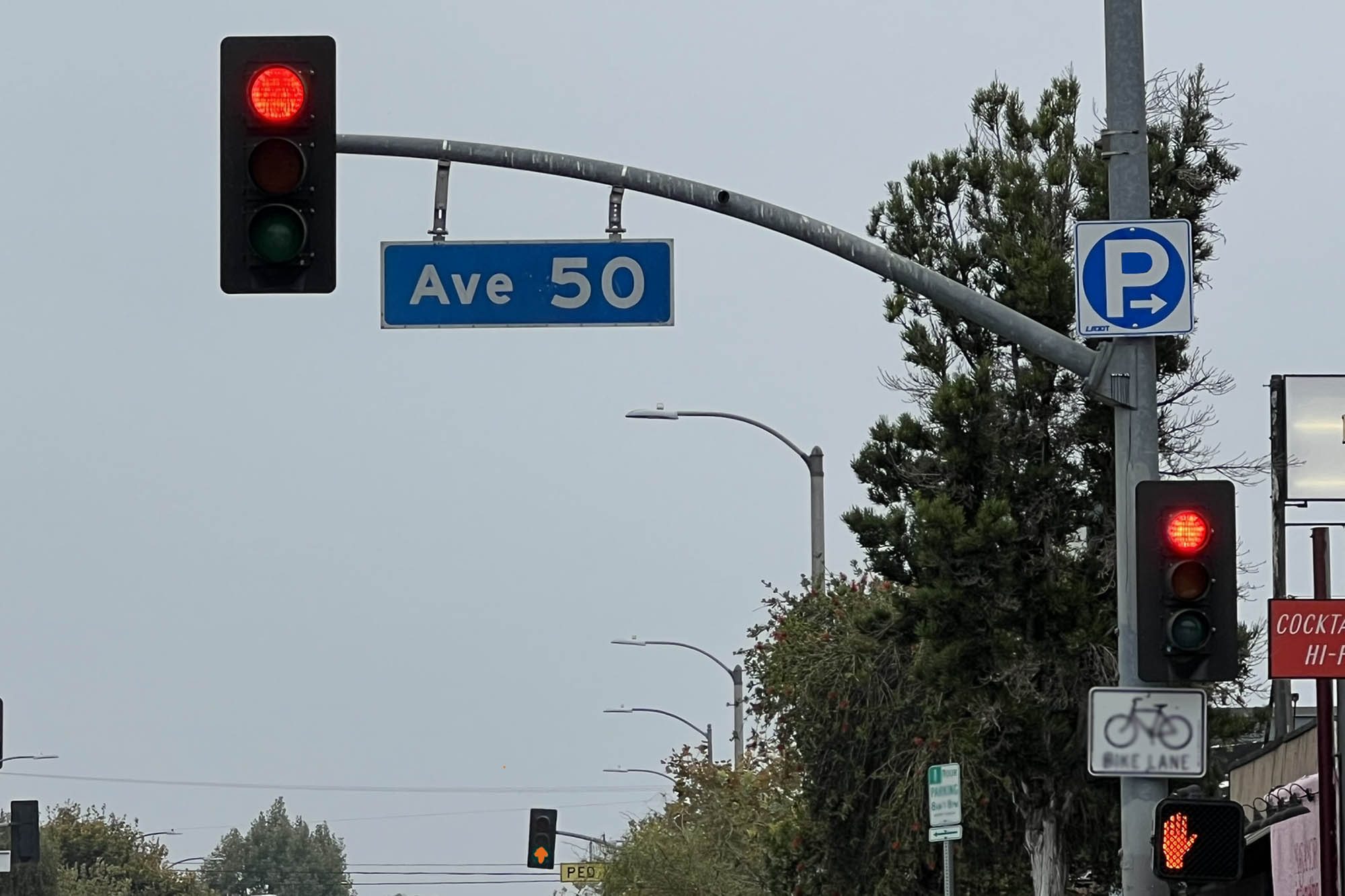How Antiquated Traffic Systems Waste Fuel
Outdated traffic tech costs us time and money — and impacts the environment.
 John Coyle | Capital One
John Coyle | Capital One
Getting stuck at a traffic light that won't change is frustrating. It can also waste fuel. Unfortunately, this all-too-common occurrence is an inherent feature of our legacy traffic control systems.
But new developments in the field of road design — including the prospect of artificial intelligence (AI) — mean getting stuck at a traffic signal might eventually become a thing of the past.
Fixed-Time Traffic Signals Waste Time and Fuel
The most basic form of traffic light is a fixed-time signal. One traffic direction has a green light for a fixed time, then the timer switches to another direction, and so on. While they can be programmed to cycle differently at certain times of day, they can't dynamically adapt to real-world conditions. The primary benefit of fixed-time signals is that they're cheap to build and maintain.
The downside is that many drivers waste time and fuel idling at lights longer than necessary. According to the U.S. Signals Scorecard, an annual report by traffic analytics firm INRIX, the average driver in the U.S. spends more than 18 seconds sitting at every red traffic light. Every year, about 6 billion gallons of fuel are wasted at traffic lights. That comes with an annual environmental cost of almost 28 million metric tons of carbon dioxide (CO2).
Current Sensor Systems Are a Step in the Right Direction
One common approach to address the problem of wasted time and fuel is to employ an inductive-loop sensor. This is a coil of wire embedded in the road that electronically detects when a vehicle passes over it and triggers the traffic light as needed. These systems have been in place since the 1960s.
Computing power has also long played a role in traffic control. In 2013, Los Angeles, California began using a combination of sensors, cameras, and computer analysis to keep traffic flowing. The city was the first in the U.S. to synchronize all its traffic signals, and weeks after the introduction, it saw incremental gains.
In the years since, other cities around the country have explored synchronizing their traffic signals. But as anyone who commutes knows, congestion remains an issue.
Roundabouts and AI Are Leading to Big Savings
European countries have long used roundabouts, or traffic circles, to manage traffic. The concept has also been used on this side of the pond. For example, the city of Carmel, Indiana, famously features more than 150 roundabouts.
By reducing idling and keeping traffic moving, these circular traffic solutions can greatly reduce CO2 emissions. One Swedish study, cited by the Insurance Institute for Highway Safety, recorded drops between 23% and 34%.
AI is also leading to major developments in traffic management. The biggest use case will now expand to a camera-based system, using AI to analyze the images and predict driver behavior. These smart traffic lights can adjust their timing instantly based on drivers' real-time needs. Some of these systems can even recognize the make and model of vehicles and prioritize them based on whose journey would use the least fuel.
Connected cars will also play a role in traffic management, and General Motors has partnered with the city of Birmingham, Michigan, to use journey data collected from their vehicles to build a new traffic light timing program. This is considered a low-cost way to get real-world insights on roadway use.
Developments are also underway to allow vehicles and traffic signals to communicate so drivers can be notified of the ideal speed to drive or be kept informed about when that long light will actually change.
Written by humans.
Edited by humans.
 Greg Fitzgerald
Greg FitzgeraldGreg Fitzgerald is a New Jersey-based writer, photographer, adventurer, historian, and Land Rover enthusiast. When he's not writing about travel or cars, he's probably getting away from it all in the wilderness.
Related articles
View more related articles